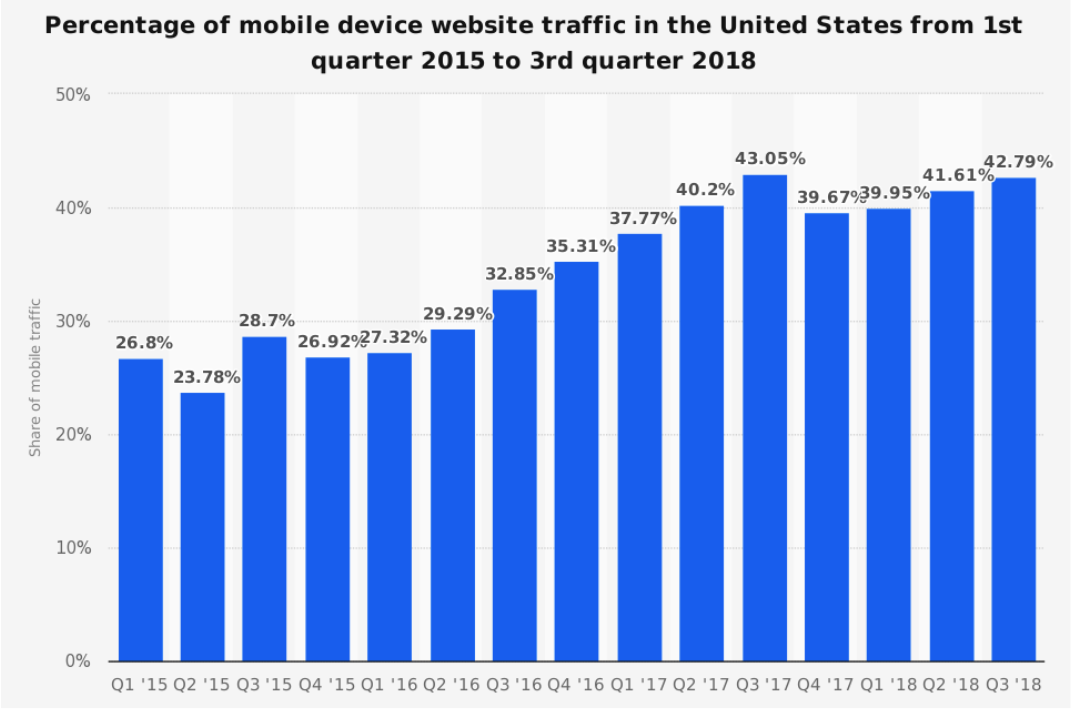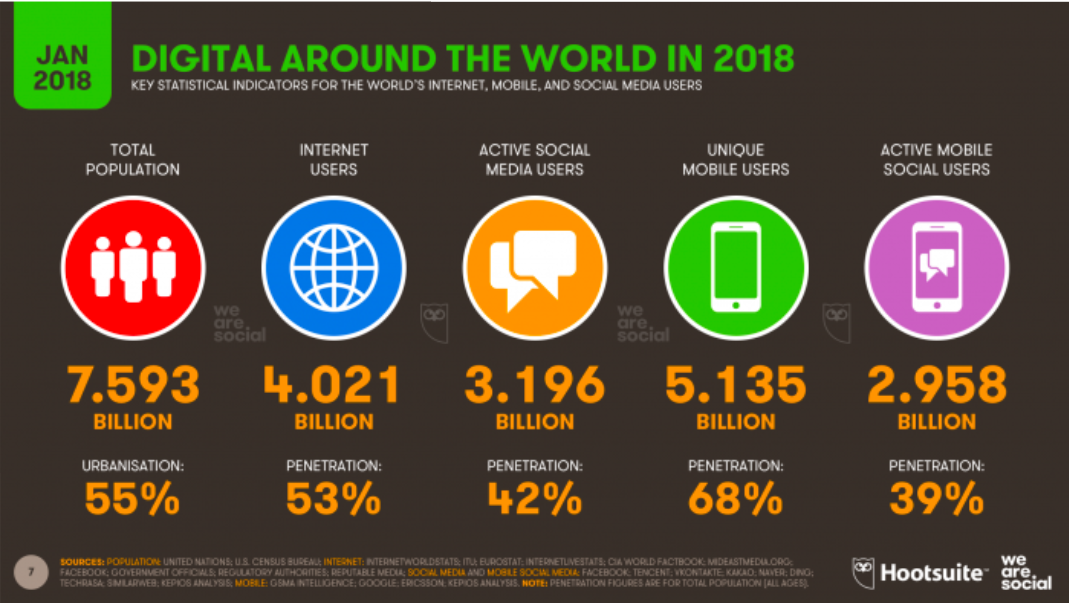Guide for Web Development Best Practices
An active online presence starts with web development. Companies who want to reach audiences online will task developers to build websites to broaden the visibility of products and services and grow their business. A typical consumer will form an opinion about a website within 50 milliseconds. With this in mind, our latest blog post explores web development best practices to increase site traffic, user engagement, and ultimately create new opportunities for business growth.
Related: Top Web Development Trends to Expect in 2019
Web Development Best Practices
Device Compatibility
Today, more and more people are using their smartphones to browse their favorite websites instead of logging on from their computers. Users will leave a website that’s not optimized for their chosen device as quickly as they arrived. According to Google’s research, 53% of mobile site visits leave a page that takes longer than three seconds to load. Developers should perform tests to determine whether the new website is compatible with devices like smartphones and tablets running iOS or Android, as well as native browsers like Google Chrome and Safari.
The graph below shows that there’s been a significant increase in mobile device website traffic, reaffirming the point that websites should be optimized for different devices. Someone viewing a website on a mobile device should have a much more streamlined experience in comparison to someone accessing the site from a traditional computer.

Search Engine Optimization (SEO)
Search engine optimization (SEO) is critical to a business’ online visibility. While the term web development is largely associated with coding tasks, content strategy is equally important. Before writing content, consider the URL, slug, meta description, and alt-text for images. The slug should be a predetermined keyword that users would be searching for when looking for your company’s products or services. The meta description should expand on this keyword, giving the searcher a glimpse into what your page has to offer. Pages should have a featured image, and any image on the page should include alt-text to serve as an additional descriptor while making your site more accessible.
Include H1 tags on each page to make your content more readable while helping you rank for those keywords by telling Google what your page is about. On a blog post like this one, we’ve used a combination of H1 and H2 tags to keep the page organized and searchable. Furthermore, create internal links using keywords within the content to improve the effectiveness of your SEO efforts.
Social Media Integration
When building a website, include links to your company’s social media channels and consider adding other social media integrations and features as well. LinkedIn, Twitter, and Facebook are extensions of your brand and can be used to further develop your online presence. Leveraging the power of social media can help increase your industry authority, so be sure to share content across channels.
In the graph below, you’ll see that approximately 75% of the world’s internet users are active social media users as well. Of unique mobile users, approximately 58% are active on mobile social media platforms.

Many organizations will use social media as an extension of customer support, offering customers the opportunity to get direct access to a representative. While companies may still use traditional means of phone and email to handle sales requests, social media can give users quick answers to questions or issues they may have in real time.
Website Navigation
Most websites have navigation components in both the header and footer of their site. The header navigation may be a simple bar displayed horizontally across the top, whereas the footer navigation may include quick links to all the pages within your site.
While it may be tempting to use generic language in your header navigation, that won’t entice a site visitor to click and explore further. Consider using actionable language that pertains to your offering which appeals to both search engines and your visitors. For example, instead of an “About Us” section, your navigation could say “Discover” or “Explore” to take them to a page where they can learn more about your organization and offerings.
In the footer, you can list your pages with relevant keywords. This helps with search engine optimization (SEO). For instance, if your company is a footwear retailer, you might have unique pages on different shoe models. These pages could live in the footer, making it easy for visitors to find relevant information while improving SEO.
To optimize navigation, consider putting the most clicked items first. Users won’t want to scan your site unless they’re really engaged, so putting the most relevant pages first will help improve their visibility. When it comes to optimization, also consider mobile devices as many users will be accessing the site through their mobile device. A site that doesn’t have easy-to-use mobile navigation will result in visitors bouncing.
An easily navigable site is one that can benefit your business in many ways, as customers who are more engaged are more likely to follow through with a purchase or a follow-up message.
Progressive Web Apps
Web and app features can now be combined to build progressive web apps (PWA) that increase user engagement across devices. Starbucks Coffee and Twitter Lite are two of the most popular PWAs given that many Americans drink coffee and consume news daily. Progressive Web App Developers can leverage this new category to add features like splash screens and push notifications to further improve the user experience. Additionally, since PWAs are coded primarily using standard languages like JavaScript and CSS3, developers can easily roll them out on multiple platforms quickly, giving users an app experience even when accessing content from the web.
Build with a Web Development Agency
If you’re looking to improve your organization’s online presence, a web development agency like StudioLabs can help with web development, redesigns, and more. Our team is committed to using best practices to help your organization reach new heights. We’re here to help, so feel free to contact us. In the meantime, check out a website redesign and SEO project we did for Freshpet that more than doubled direct traffic to the site.
